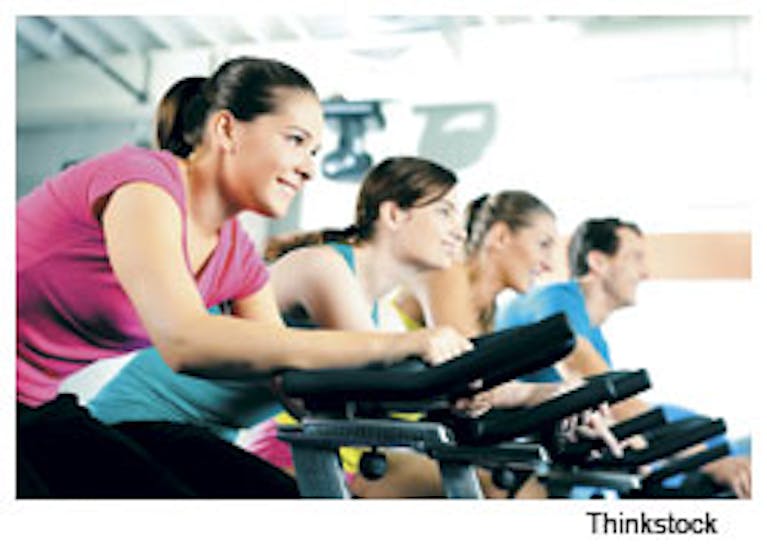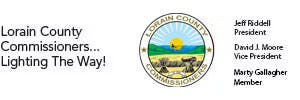Shape Up

Set a Baseline
“Know where your body is at right now and set a baseline,” says Calabrese. “This may involve the help of a fitness specialist for measurements or speaking with a registered dietician about your diet. Talking to an expert will help develop realistic goals for the next one, three, six or 12 months.” Then Calabrese suggests following these guidelines:
Take small steps. If you haven’t worked out in awhile, make it a goal to exercise three or four times the first two weeks, then perhaps four to five times in the next two-week span. Increase the workouts until you can consistently commit to a regular schedule.
Develop a support system. This may be a friend, family member, co-worker or even someone in a group class at a fitness center.
Take a Group Class
EMH offers classes that provide individual attention in a small-group setting. Calabrese suggests trying these fun and popular classes:
TRX group training. Use your own body weight in a small-group setting. A trainer helps participants perform exercises using straps hanging from a bar. The exercises help with strength, toning and flexibility. “It’s good for someone who hasn’t worked out
in awhile,” says Calabrese.
Zumba. Get your groove on during a Latin dance-inspired workout.
Body Pump. This weight-training class develops muscular strength and endurance.
Spinning. A group cycling class is great for exercises at any level.
Aqua Cardio Challenge. This works for those who prefer a pool workout for their cardio exercise.
Reward Yourself
Once you hit milestones, do something nice for yourself. Calabrese suggests getting a massage, for instance. “One popular option we offer at our day spa is Ashiatsu, where the therapist is actually suspended from parallel bars hung from the ceiling and works on your back using his or her feet to massage specific trigger points,” he says. “The therapist uses long compression strokes on the larger muscles along the back, legs, arms and feet.”






